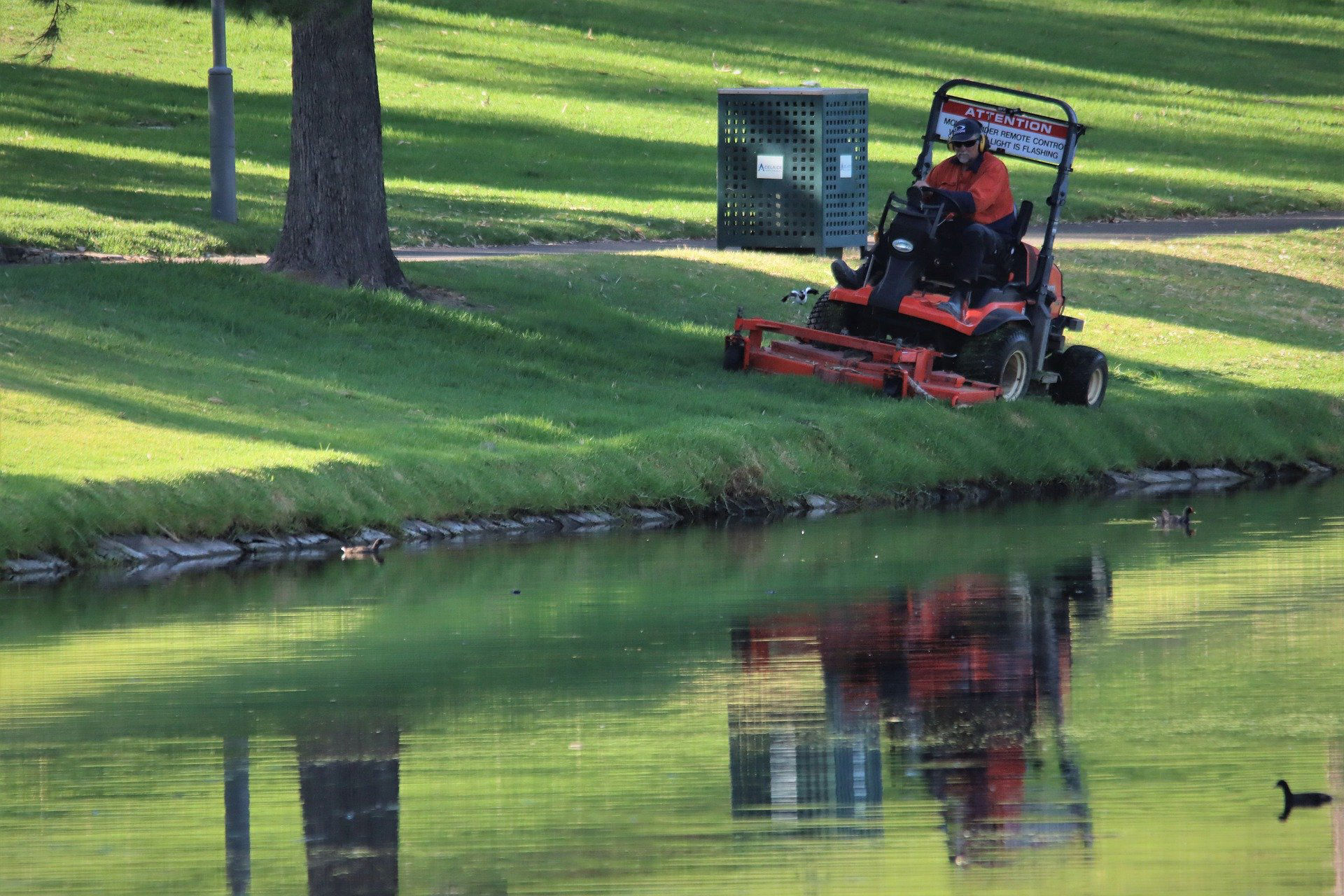
Landscaper keeping the green space lively
WHAT IS ROPS?
ROPS, or roll over protective structure (or system) is designed around the safety of the individuals operating the equipment. In fact, agencies such as OSHA, (Occupational Safety and Health Administration) play a pivotal role in determining the baseline for various ROPS products. In conjunction with the operator wearing a seat belt, ROPS help to prevent fatal accidents to machine operators. Because the safety of an individual is paramount, its important the component that makes the structure, or, the steel tubular product, exceeds the specifications it is designed to meet. Let’s take a deeper dive into roll over protective structures.
A Brief History of ROPS
ROPS was first developed overseas back in the 1950s. Much like seat belts help to save lives when you are involved in an accident, ROPS helps to protect the operator in the event a tractor were to flip over unexpectedly. Moreover, since overturned tractors are a frequent cause of fatal industries in agriculture and landscape architecture, having safety equipment, such as ROPS is critical. Even so, according to the National Safety Tractor Coalition, only 60% of tractors today have this vital safety piece.
ROPS in Use Today
Oftentimes, you will find ROPS – specifically steel tubular products designed to meet ROPS specifications, as what looks to be an upside down “U” shaped square. This “U” is the protection given to the operator in case an accident occurs and is found on open tractors and riding lawnmowers. Moreover, the “U” shaped tube is typically painted to match the branding parameters of the specific OEM.
Supporting Agriculture with ROPS Steel Tubular Products
Maruichi Leavitt Pipe and Tube supports various ROPS applications with our line of specialty steel tubular products.
Typical ROPS sizes include:
• 2” x 2” x 0.125”
• 2” x 2” x 0.188”
The material is produced utilizing the Electric Resistance Welding (ERW) process of forming steel tubular products. Here, flat roll coil is fed into a mill a goes through a series of forming rollers. In fact, these forming rollers form the flat coil into a round tubular product before it is welded. The flat roll strip is fed through the mill into the weld coil that forms a bond stronger than the steel itself. Moreover, no additional metal filler is added during the process. From there, the round material goes through a set of shaping stands, transforming the steel tubular product into its final size.
After the material has been cut in-line to the desired length, samples of the various heats are saved and sent out for additional testing. This process, called Charpy Impact Testing, measures the energy absorbed and failure mode. It is one of the most common tests used to evaluate the relative toughness of the material. Given ROPS needs to protect landscape or agricultural professional, it’s important that the tube meets the proper toughness.
Once the material passes the required testing, the “raw” tube lengths are sent to various fabricators across North America. Here, they are bent, cut and fabricated to the proper specifications for the particular OEM.
Need help on your next ROPS tubing job? Contact The Tube People today for a free quote!
Sources
https://en.wikipedia.org/wiki/Rollover_protection_structure#cite_note-21
https://www.ropsr4u.org/national-tractor-safety-coalition.php
https://www.sciencedirect.com/topics/engineering/charpy-impact-test
